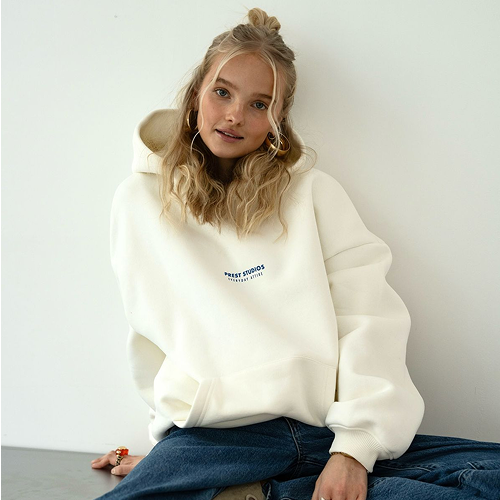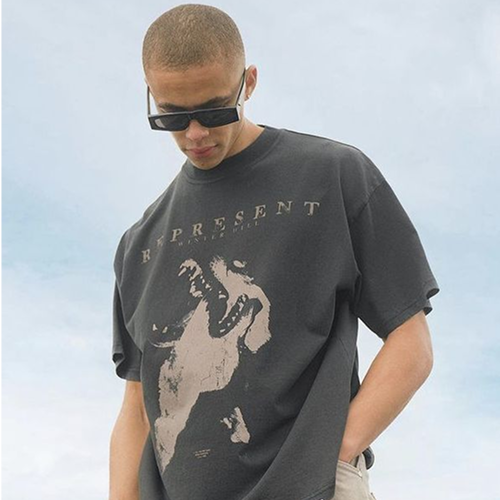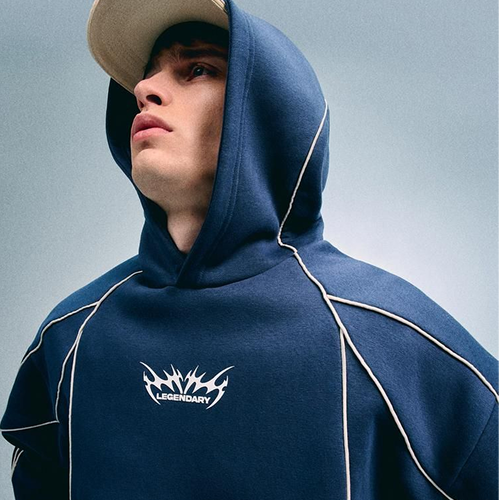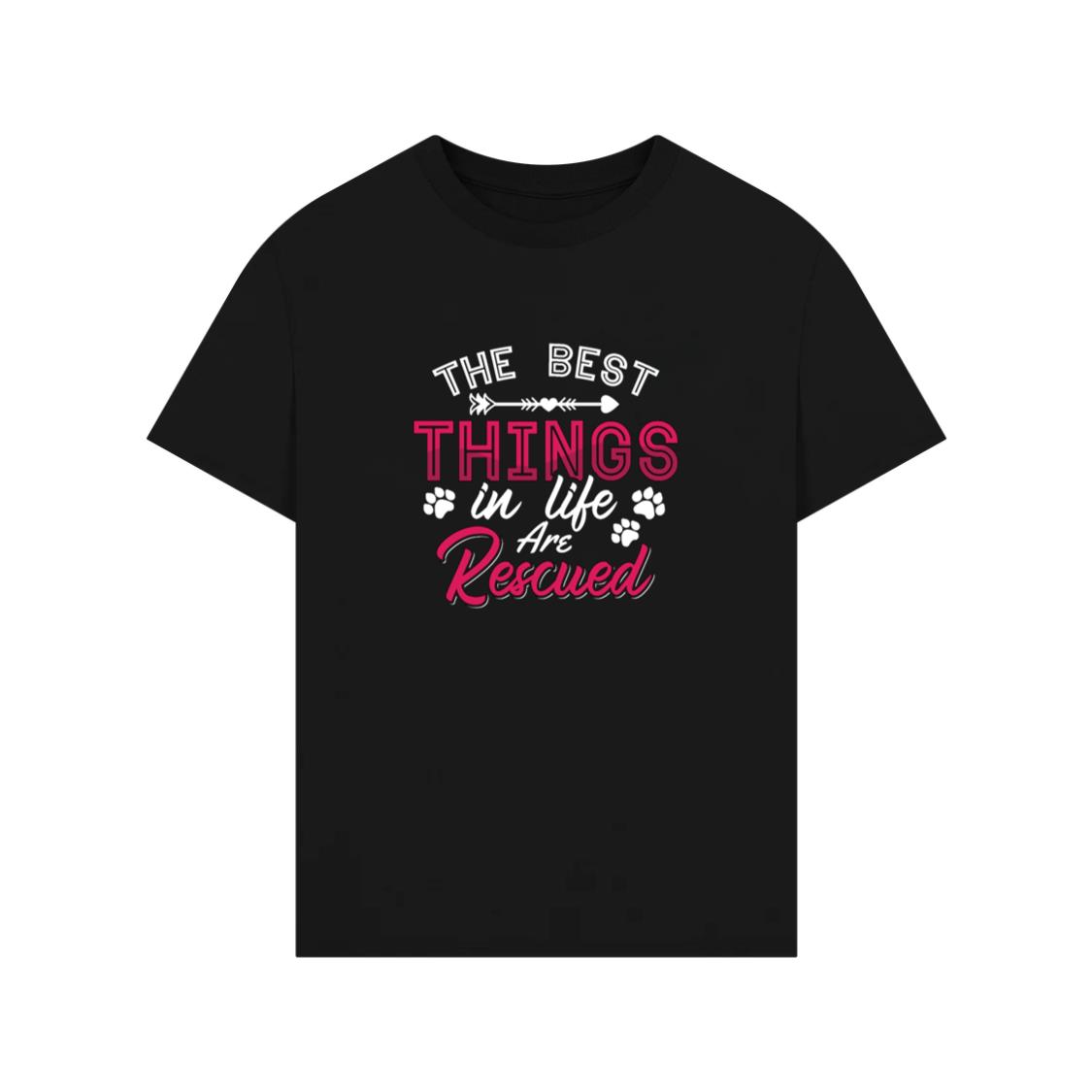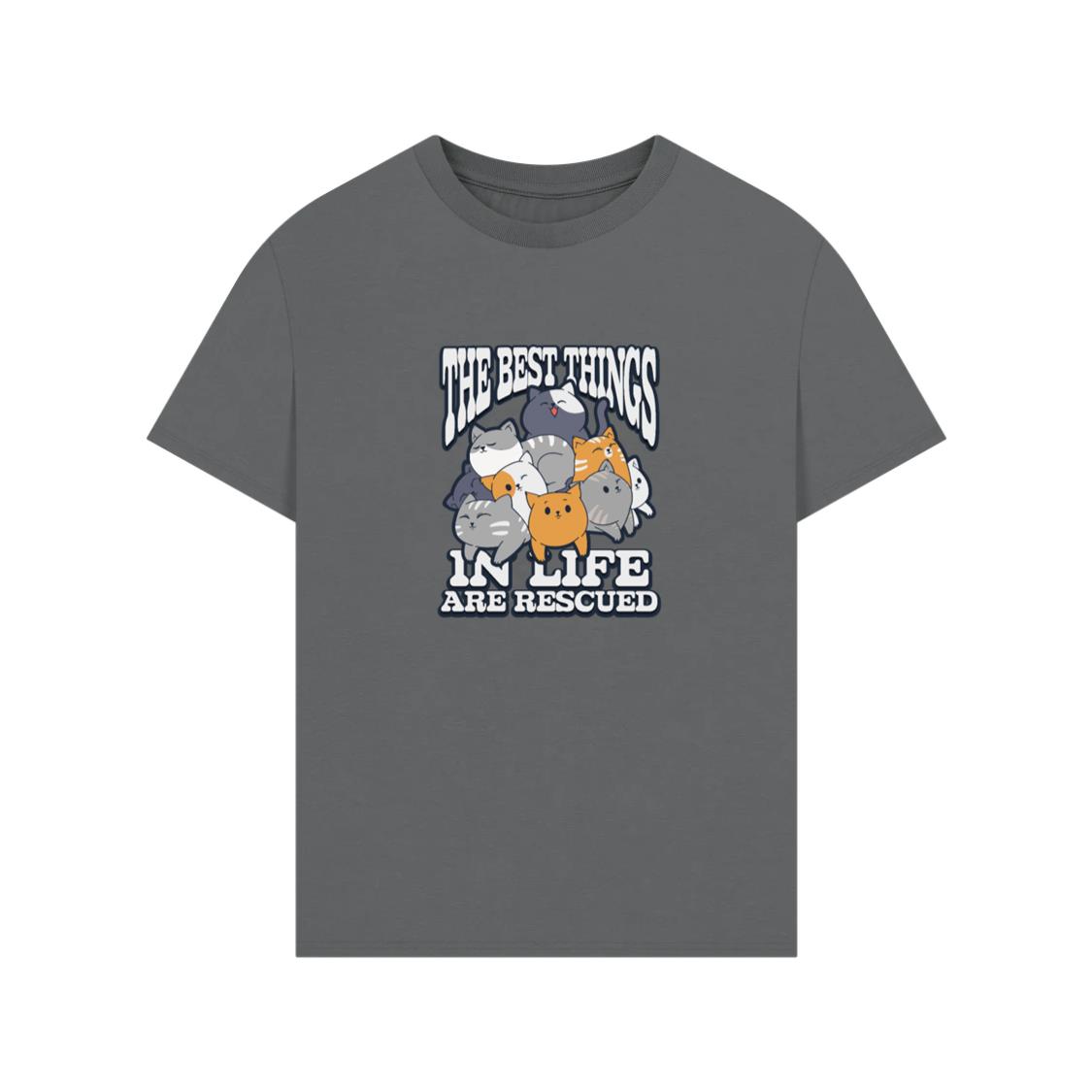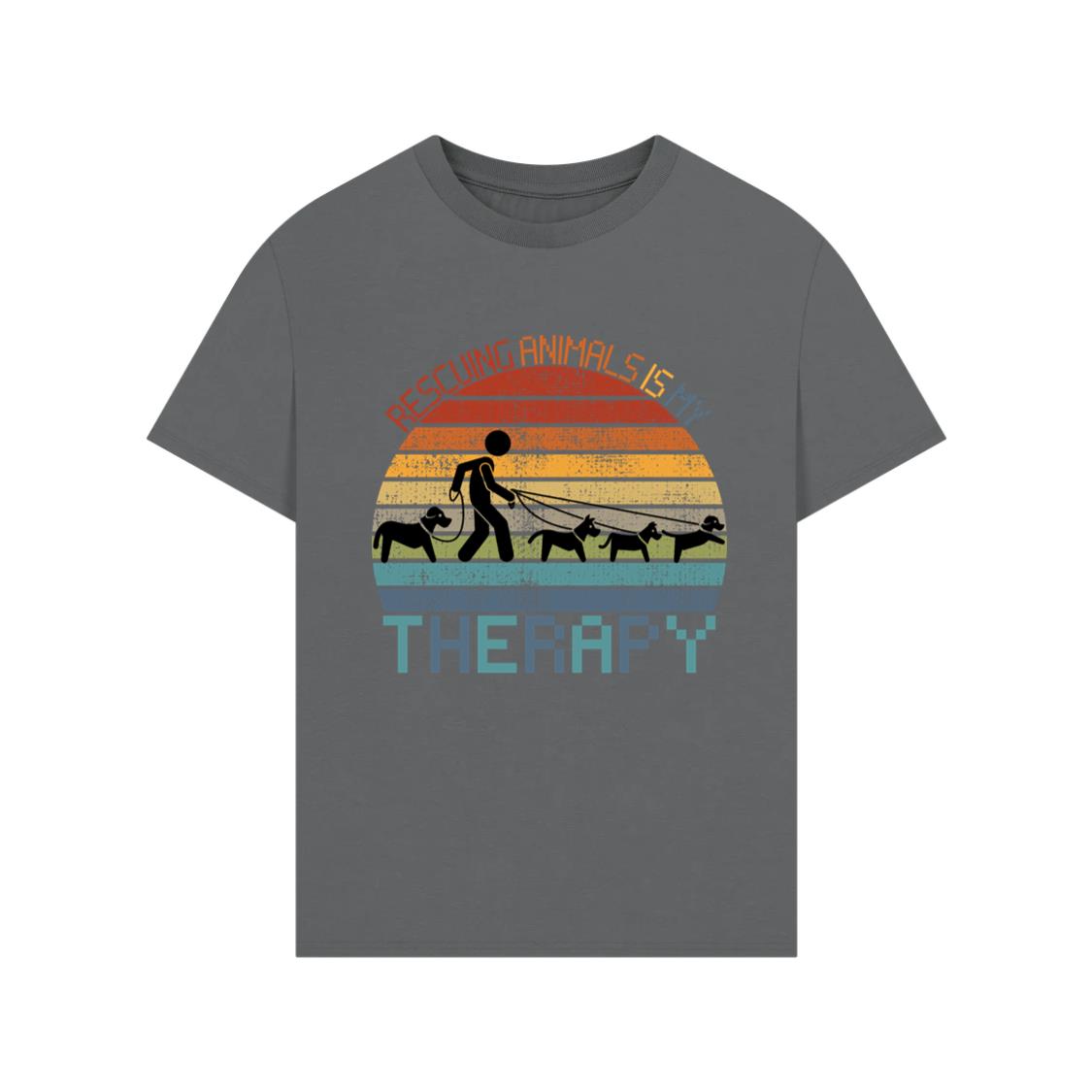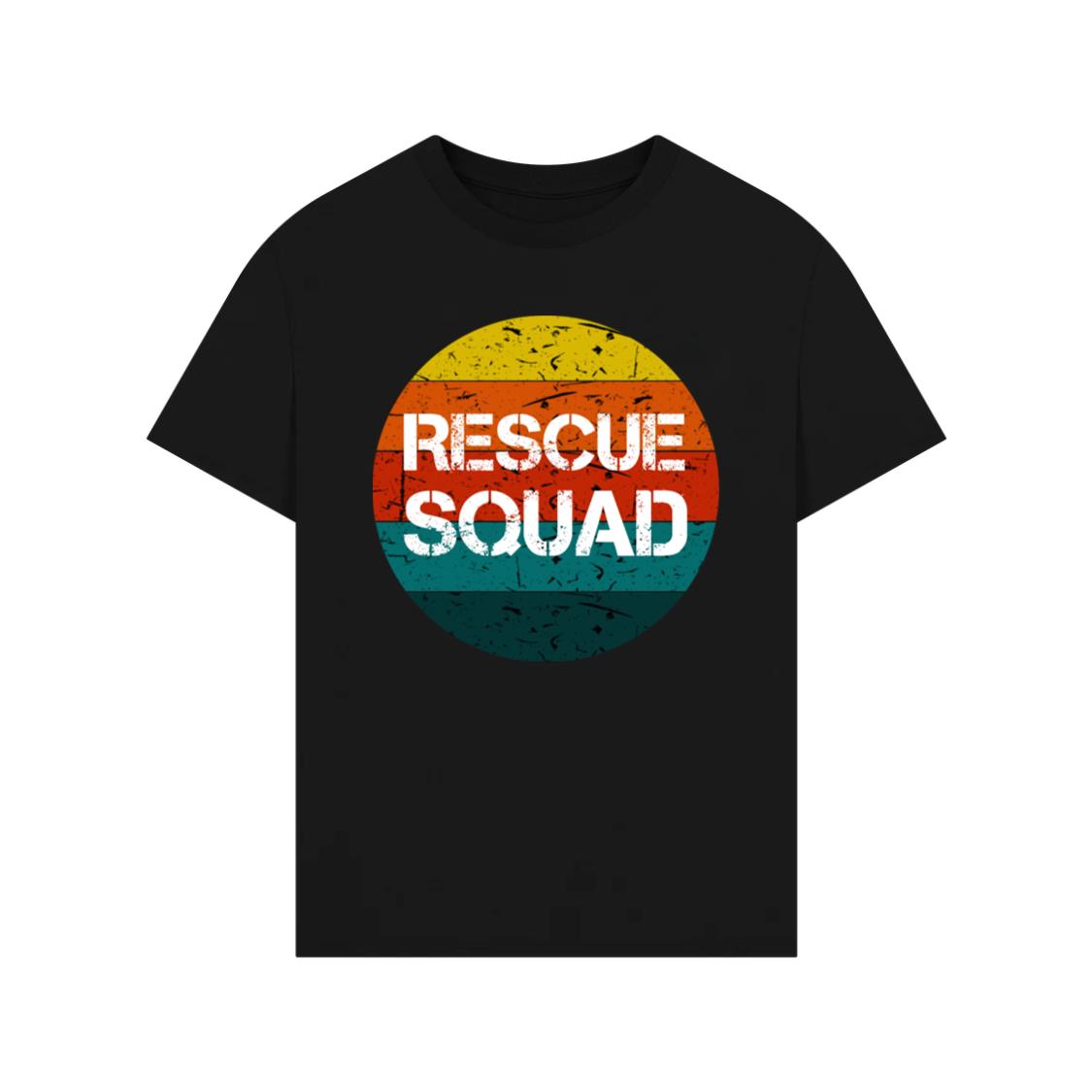Fashion, at its best, captures emotion — not just aesthetics. And no garment does this more intimately, more authentically, than the hoodie. It’s part comfort, part rebellion, part armor. What began as simple sportswear has evolved into a global symbol of youth, protest, and cultural fluidity.
The hoodie’s story isn’t about fabric; it’s about freedom. It speaks to identity, belonging, and resistance — a uniform for those who don’t want uniforms. Today, it sits comfortably on everyone from college kids to couture runways. But behind its effortless cool lies a journey filled with contradiction and complexity.
I. The Birth of Utility
The hoodie’s origin is humbler than its image suggests.
In the 1930s, the American company Champion began sewing hoods onto sweatshirts to keep warehouse workers and athletes warm during cold conditions. It wasn’t fashion — it was function. The thick cotton fleece provided insulation; the drawstring hood offered protection.
Soon, the hoodie became part of athletic gear for universities, especially among track and football teams. “Hooded sweatshirts” were the uniform of effort — sweat, struggle, training. The hoodie wasn’t about style; it was about survival in the cold.
But like all iconic garments, it didn’t stay in its lane for long.
II. The Transition from Sport to Street
The late 1970s and early 1980s changed everything.
Hip-hop was born in the Bronx, and with it, a new cultural identity that redefined what fashion meant. Adidas tracksuits, Kangol hats, gold chains — and hoodies. They became armor for the streets, a statement of resilience and swagger.
The hoodie offered something rare: anonymity and attitude. It concealed the face, giving power to the unseen. In neighborhoods often surveilled and stereotyped, the hoodie provided privacy, even dignity.
At the same time, skateboarders in California adopted the hoodie for practical reasons — warmth, comfort, and protection from scrapes. What linked skaters and rappers wasn’t geography but spirit: both were outsiders carving identity through motion, rhythm, and rebellion.
The hoodie became their flag — a symbol of belonging without needing permission.
III. The Hollywood Moment
It’s impossible to talk about the hoodie’s rise without mentioning cinema.
Rocky Balboa jogging through Philadelphia in a grey hoodie. Sylvester Stallone’s sweat-soaked silhouette became the visual of determination itself. The hoodie stopped being a uniform of work or sport — it became a symbol of grit.
Then came The Breakfast Club (1985). Judd Nelson’s character, John Bender, in his layered hoodie and trench coat, captured the teenage archetype of defiance. The message was clear: a hoodie wasn’t just clothing — it was attitude.
Later, when Eminem emerged in the late 1990s, his hoodie-clad image — hunched, raw, unapologetic — solidified the garment’s emotional depth. It wasn’t polished. It was real.
From the boxing ring to the mic booth, the hoodie became shorthand for struggle, ambition, and survival.
IV. The Shadow of Stigma
But the hoodie’s power also made it a target.
By the 1990s and 2000s, the hoodie became demonized in certain circles — associated with delinquency and danger. Malls and shops in the UK even introduced “no hoodie” policies, equating the garment with crime.
The tragedy of Trayvon Martin in 2012 exposed just how deeply society projected prejudice onto fabric. A simple hoodie became a political flashpoint, a symbol of racial profiling and systemic bias. Protesters marched in hoodies as acts of solidarity — reclaiming the garment’s innocence.
The hoodie had gone from sportswear to streetwear to social statement.
It was no longer about warmth; it was about worth.
V. The Luxury Rebirth
Fashion, however, has a strange relationship with rebellion — it loves to appropriate it.
Designers began to notice the hoodie’s underground allure. When Vetements, Balenciaga, and Yeezy sent hoodies down luxury runways in the 2010s, the message shifted again: comfort was couture.
Demna Gvasalia reimagined the hoodie as architecture — oversized, draped, and structured like sculpture. Kanye West made it spiritual — neutral tones, minimalist cuts, apocalyptic calm. Fear of God turned it into quiet luxury — expensive but effortless.
What had once been a “thug” stereotype was now a $900 fashion statement.
The irony wasn’t lost on anyone.
Yet this transformation also proved something profound: the hoodie had transcended stigma. It could be both street and chic, both rebellion and refinement. It was, finally, universal.
VI. The Hoodie as Identity
More than any other garment, the hoodie has become an extension of personality.
The way someone wears it reveals everything — pulled up tight for privacy, unzipped for openness, layered for creativity. In an era obsessed with identity politics, the hoodie offers neutrality. It’s for everyone and no one.
For students, it’s comfort. For activists, it’s a flag. For artists, it’s blank canvas. For the everyday person, it’s protection — both physical and emotional.
It’s one of the few pieces of clothing that can mean completely opposite things depending on context. To some, it’s aggression. To others, it’s safety. To many, it’s simply home.
VII. The Comfort Revolution
The hoodie’s modern dominance isn’t just cultural — it’s psychological.
The 2020s ushered in a global shift toward comfort. Remote work, mental health awareness, and post-pandemic priorities changed how people dress. The idea of “dressing up” gave way to “dressing true.”
The hoodie thrived.
It wasn’t about hiding anymore — it was about healing.
Luxury houses like Loewe, Celine, and The Row embraced soft tailoring, pairing cashmere hoodies with wool trousers. Meanwhile, streetwear giants refined fit and fabric — heavyweight French terry, cropped hems, structured silhouettes.
The result? A hoodie that can go from couch to conference without missing a beat.
It’s not laziness — it’s lifestyle. And it’s here to stay.
VIII. Design Evolution: From Classic to Statement
Once upon a time, hoodies came in one flavor: pullover or zip-up. Now, it’s a design playground.
Oversized silhouettes channel nonchalance and luxury minimalism.
Cropped fits redefine proportions and femininity.
Vintage-dyed and washed styles bring nostalgia.
Tech hoodies use recycled nylon, reflective panels, and 3D knits for futuristic edge.
Hybrid designs fuse hoodie DNA with tailoring — think hooded blazers or leather-sleeved hoodies.
The hoodie no longer needs to “fit in” with fashion because it is fashion. Every iteration — minimalist, street, athletic, or avant-garde — leads back to one truth: people don’t wear hoodies for others. They wear them for themselves.
IX. Hoodie Psychology – The Armor of Modern Life
Clothing is emotional architecture, and the hoodie is perhaps the most honest shelter we’ve built.
It protects us not just from weather, but from attention. When the world feels loud, pulling on a hoodie feels like turning down the volume. It creates a small sanctuary — a space between public and private.
That’s why introverts, artists, and thinkers are drawn to it. The hoodie lets you exist without performance.
But paradoxically, it also empowers extroverts — the right hoodie becomes stagewear, presence, brand.
It can hide or amplify. It can soften or sharpen. Few garments contain that much duality — and fewer still carry it so naturally.
X. The Genderless Future
Gender in fashion has always been performative — but the hoodie erases that script.
It looks equally good on every body. It doesn’t ask to be categorized. It invites reinterpretation. That’s why it’s central to the unisex movement.
Brands like Pangaia, Essentials, and Acne Studios design hoodies that live beyond labels. The sizing is fluid, the silhouettes forgiving. In a world still learning to define inclusivity, the hoodie quietly practices it.
It doesn’t care who you are — it just wants you to be comfortable being you.
XI. Sustainability and Slow Fashion
Like the T-shirt, the hoodie’s future depends on ethics.
Fleece and cotton blends are energy-intensive to produce, and overconsumption threatens the planet. But innovation is catching up.
Recycled polyester, organic cotton, and closed-loop dyeing systems are transforming hoodie production. Brands like Patagonia and Pangaia lead with purpose, proving that comfort and conscience can coexist.
Meanwhile, thrifting culture has given old hoodies new homes. Vintage Champion reverse weaves from the 90s are now collector’s items. Their faded colors and worn textures tell stories fast fashion can’t replicate.
The next wave of hoodie culture isn’t about new drops — it’s about new values.
XII. From Street to Symbol
What makes the hoodie immortal isn’t hype — it’s meaning.
It has been called dangerous, lazy, rebellious, divine, luxurious, and cozy — sometimes all at once.
It’s been banned and worshiped, vilified and glorified. Yet it never lost relevance.
That’s because the hoodie doesn’t conform. It adapts.
It becomes whatever its wearer needs: armor, expression, silence, or style.
When you put on a hoodie, you’re not just covering your head — you’re carrying a century of evolution, resistance, and redefinition.
It’s not just a garment. It’s a language.
XIII. The Philosophy of Comfort
Fashion once chased discomfort — structure, control, perfection. The hoodie flipped that narrative.
It said: maybe comfort is luxury. Maybe softness can be strength.
That idea changed everything. It redefined how we perceive value — not as embellishment but as ease.
The modern hoodie is philosophical. It represents a generation that values mental health over image, authenticity over appearance. It’s not about dressing down; it’s about dressing true.
Every hoodie tells a story — one of escape, belonging, or becoming.
XIV. Style Notes – Mastering the Hoodie Look
To understand the hoodie fully, you must learn its balance — how to elevate without erasing its soul.
For streetwear energy: pair with relaxed cargos, sneakers, and layered outerwear.
For elevated minimalism: match a structured hoodie with wool trousers and leather loafers.
For feminine fluidity: style a cropped hoodie over a satin skirt or wide-leg pants.
For quiet luxury: monochrome palettes, heavy cotton, and subtle texture.
The hoodie thrives in contrast — the more unexpected the pairing, the stronger the statement.
XV. Legacy and Beyond
From warehouses to runways, from protest marches to luxury boutiques — the hoodie’s journey mirrors the human one: messy, misunderstood, and magnificent.
Its story proves that comfort isn’t complacency — it’s confidence.
That rebellion can evolve into refinement.
That even the simplest garment can hold the weight of generations.
The hoodie isn’t a trend. It’s a testament — to survival, to softness, to selfhood.
And when fashion’s noise fades again, you can bet one thing will remain:
Someone, somewhere, pulling a hood over their head, not to hide — but to feel human.

